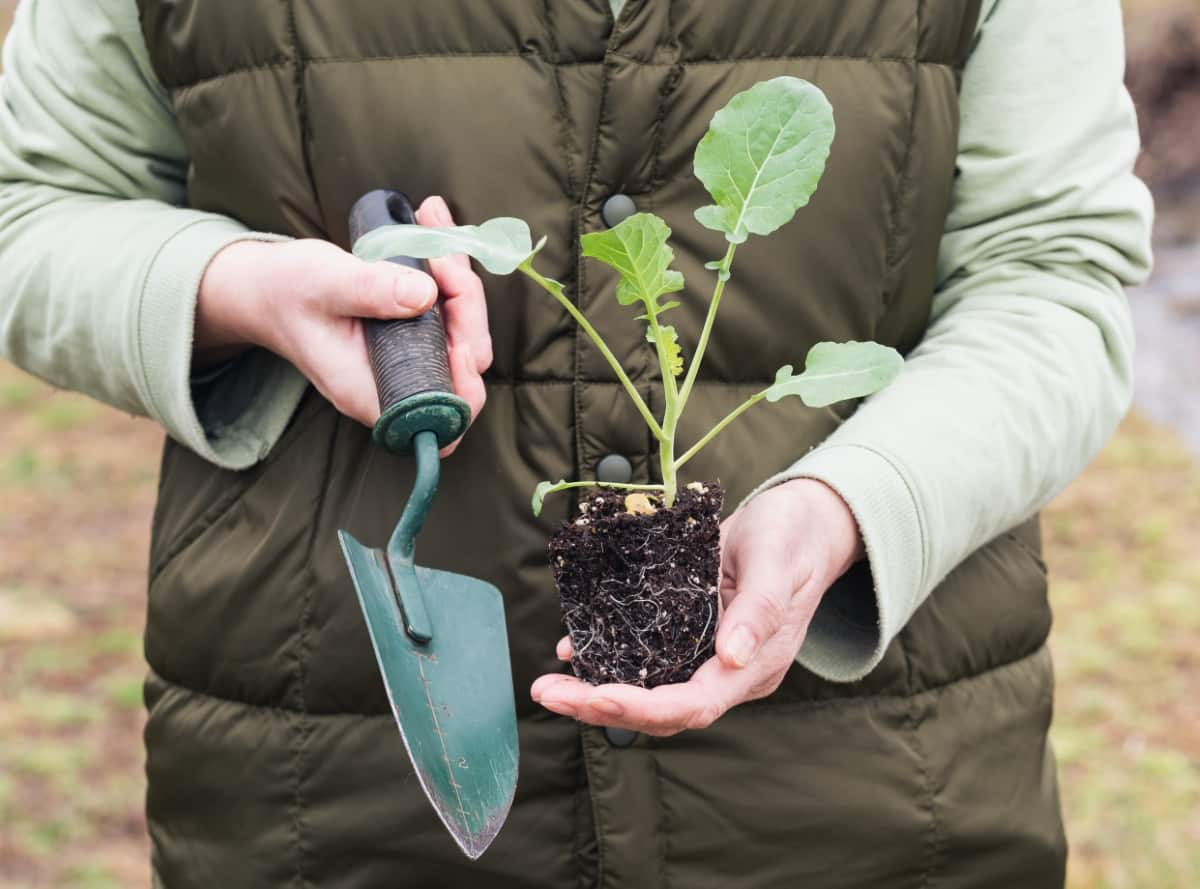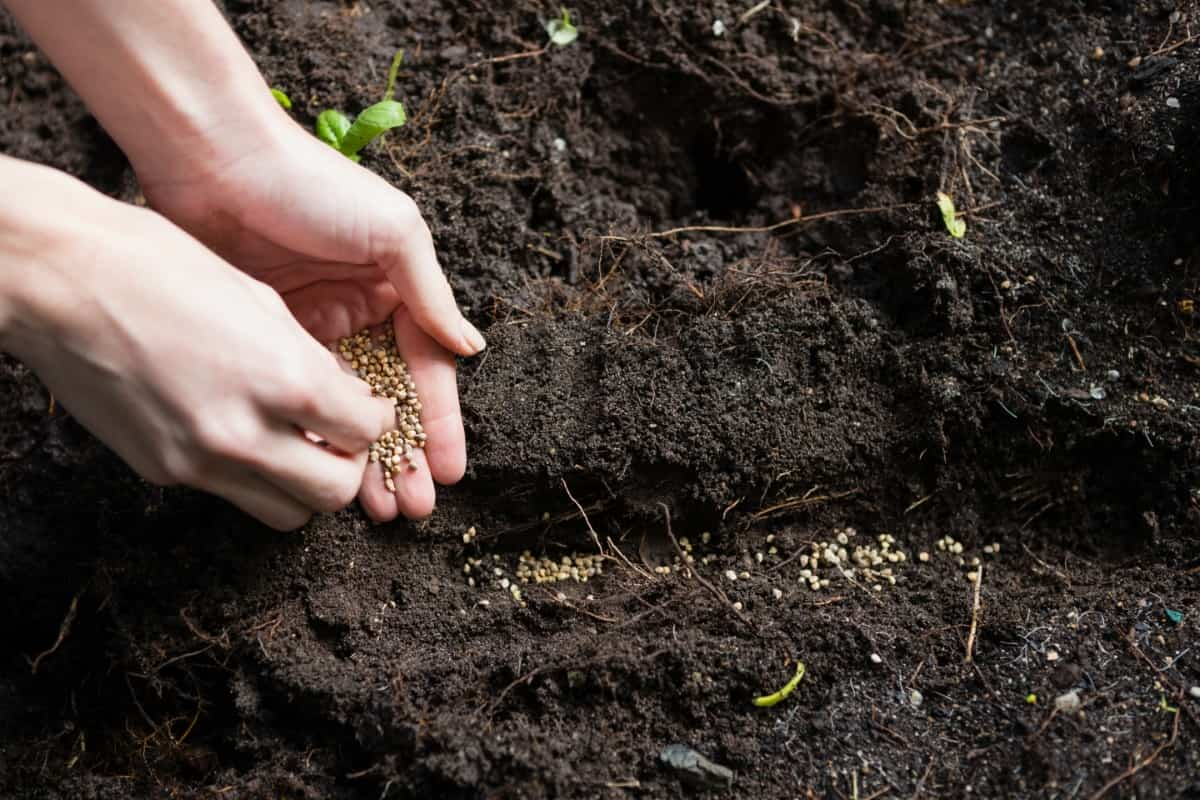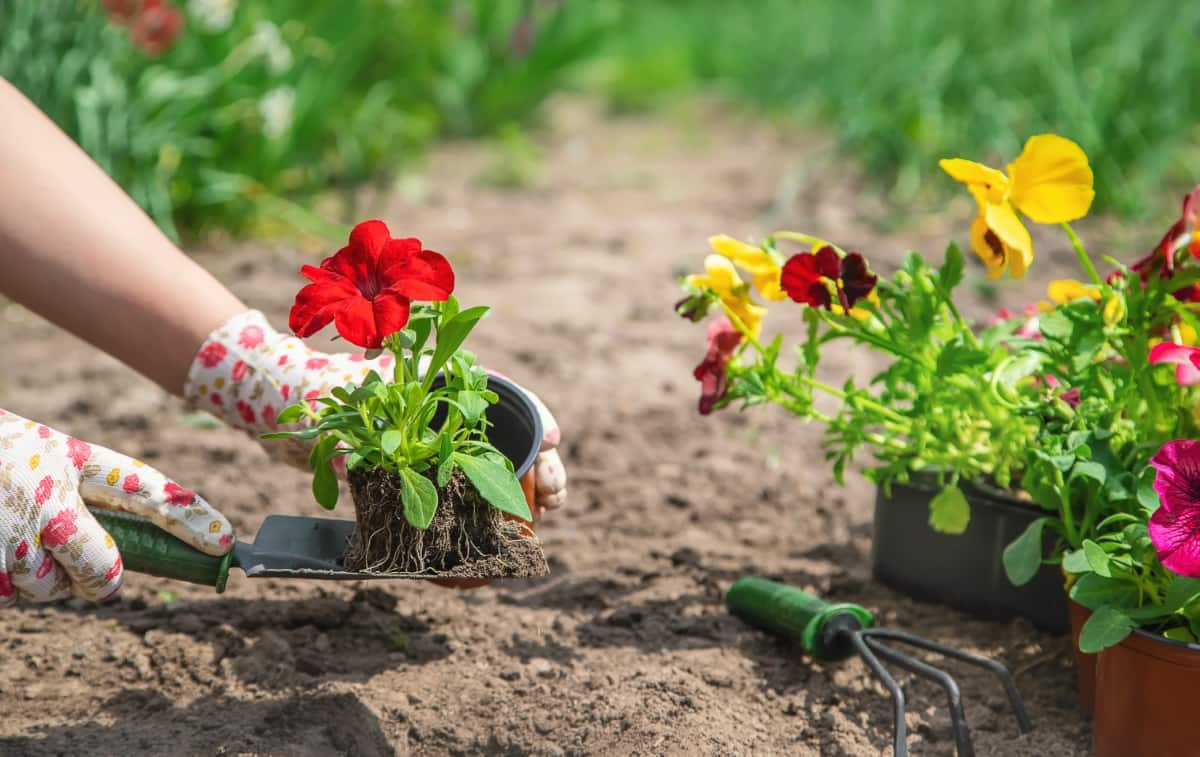Zone 5a planting calendar is an essential guide for gardeners living in this specific climate zone. It helps in understanding what grows best in zone 5a, assisting in planning and executing a successful gardening season. This calendar is particularly useful for determining the ideal times for planting various fruits, vegetables, and flowers throughout the different seasons – spring, summer, fall, and winter.

By following a Zone 5a vegetable planting calendar and a Zone 5a planting chart, gardeners can optimize their harvests and enjoy a variety of fresh produce and beautiful blooms all year round. The information provided here, including the zone 5a fruit planting schedule and the zone 5a flower planting schedule, is designed in simple English for easy comprehension and practical application.
Planting Calendar for Zone 5a
Understanding Zone 5a
Zone 5a is characterized by its distinct seasonal changes, impacting the zone 5a planting schedule. Gardeners in this area need to be aware of the specific conditions of zone 5a to maximize their gardening efforts. The free planting calendar for Zone 5a provides insights into what crops grow best in Zone 5a, considering the unique climate patterns.
The zone 5a fall planting schedule, zone 5a summer planting schedule, zone 5a winter planting schedule, and zone 5a spring planting schedule are tailored to help gardeners navigate through the varying seasonal requirements, ensuring a thriving garden throughout the year.
Spring Planting Guide for Zone 5a
Spring in Zone 5a is an exciting time for gardeners, marking the start of a new growing season. The vegetable planting calendar for Zone 5a suggests starting with cool-weather vegetables like lettuce, spinach, peas, and radishes. Broccoli and cabbage can also be planted early in spring, as they thrive in cooler temperatures.
For flowers, consider pansies, snapdragons, and primroses, which add color to your garden in the early months. During this timeframe, it’s possible to initiate the cultivation of herbs such as parsley and cilantro. Remember to keep an eye on frost dates and be prepared to protect your plants if needed.
Summer Planting Guide for Zone 5a
Summer in Zone 5a is ideal for growing a variety of vegetables and flowers. The zone 5a vegetable planting schedule recommends planting tomatoes, peppers, cucumbers, and squash, which love the warm weather. Corn and beans can also be sown at this time for a bountiful harvest.
For flowers, consider planting marigolds, zinnias, and petunias, which not only add beauty but also attract pollinators to your garden. Herbs like basil and dill thrive in the summer heat and are perfect for adding fresh flavors to your summer dishes. Remember to water your plants regularly, as the summer months can be dry.
Fall Planting Guide for Zone 5a
Fall in Zone 5a is a great time to plant cool-weather crops and prepare for the next growing season. The zone 5a fall planting schedule includes vegetables like kale, turnips, and Brussels sprouts, which can tolerate cooler temperatures. Garlic and onions planted in the fall will be ready for harvest in the spring.
In case you missed it: Planting Calendar for Zone 2b: Schedule for Vegetables, Fruits, and Flowers in Summer, Winter, Fall, and Spring

For flowers, consider planting chrysanthemums and asters, which bring vibrant colors to your autumn garden. It’s also a good time to plant perennials and bulbs, such as tulips and daffodils, which will bloom in the spring. Get your garden ready for the winter season by mulching and removing debris to prevent the spread of diseases.
Winter Planting Guide for Zone 5a
Winter in Zone 5a might seem like a dormant period, but there are still gardening activities to engage in. The Zone 5a winter planting schedule is mostly about planning and preparation. This is the time to order seeds and plan your garden layout for the upcoming season. You can start some seeds indoors, like tomatoes and peppers, so they are ready to transplant in the spring. It’s also an ideal time to maintain your gardening tools and equipment. If you have a greenhouse, you can grow cold-tolerant vegetables like spinach and lettuce throughout the winter.
Fruit Planting Calendar for Zone 5a
Zone 5a offers a suitable climate for various fruits. Apples, pears, and plums are excellent choices for this zone and can be planted in early spring. Berry bushes, like raspberries and blueberries, also thrive in Zone 5a and can be planted in both spring and fall. Strawberries can be planted in early spring for a summer harvest.
Cultivating cherries and peaches can pose greater difficulties, but with appropriate nurturing and the selection of suitable varieties, they can yield positive results. Remember to choose varieties that are hardy in Zone 5a and provide them with adequate water, sunlight, and protection from pests.
Vegetable Planting Calendar for Zone 5a
In Zone 5a, the vegetable planting calendar begins in early spring with cool-season crops such as peas, lettuce, spinach, and radishes that can withstand a bit of frost. As the soil warms, plant broccoli, carrots, and beets, followed by warm-season crops like tomatoes, peppers, and cucumbers once the danger of frost has passed. Midsummer is perfect for sowing fall crops such as turnips, kale, and green beans. Late summer to early fall is ideal for garlic and onion sets, preparing for a spring harvest.
In case you missed it: Planting Calendar for Zone 3a: Schedule for Vegetables, Fruits, and Flowers in Summer, Winter, Fall, and Spring

Throughout the growing season, succession planting is key, ensuring a continuous harvest. For instance, planting lettuce every two weeks results in a steady supply. It is essential to stay vigilant about weather forecasts and employ protective measures like row covers or cold frames to shield delicate plants from untimely frosts. Additionally, rotating crops annually helps prevent soil depletion and reduces pest and disease issues, enhancing the overall health and productivity of your garden.
Flower Planting Calendar for Zone 5a
The flower planting calendar for Zone 5a begins in early spring with hardy annuals and perennials. Plants like pansies, snapdragons, and primroses can be introduced as soon as the soil can be worked. Mid-spring is the time for planting summer-blooming bulbs such as gladioli and lilies. Late spring, after the last frost, is ideal for planting tender annuals like petunias, marigolds, and zinnias.
These flowers will bring vibrant colors and attract pollinators throughout the summer months. In the fall, it’s time to think about next spring by planting bulbs like tulips, daffodils, and hyacinths. Perennials such as asters and chrysanthemums planted in the fall will establish their root systems over the winter, ensuring a robust bloom in the following year. Regular deadheading of spent flowers encourages more blooms and extends the flowering season.
Planting Schedule for Different Seasons for Zone 5a
| Season | Vegetables | Flowers | Season |
| Spring | Lettuce, Spinach, Peas, Radishes, Broccoli, Cabbage, Carrots, Beets | Pansies, Snapdragons, Primroses | Spring |
| Summer | Tomatoes, Peppers, Cucumbers, Squash, Corn, Beans, Zucchini, Eggplant, Melons | Marigolds, Zinnias, Petunias, Sunflowers, Cosmos, Dahlia | Summer |
| Fall | Kale, Turnips, Brussels Sprouts, Garlic, Onions, Leeks, Spinach, Radicchio | Chrysanthemums, Asters, Perennials (for next spring bloom), Bulbs like Tulips and Daffodils | Fall |
| Winter | Planning and indoor seed starting (Tomatoes, Peppers) | Planning and preparing for spring planting, Indoor flowering plants like African violets, Poinsettias | Winter |
In case you missed it: Planting Calendar for Zone 8b: Schedule for Fruits, Vegetables, and Flowers in Summer, Winter, Fall, and Spring

Conclusion
The Zone 5a planting calendar provides a comprehensive guide for gardeners to optimize their planting schedules for vegetables and flowers, ensuring a garden that is both productive and beautiful throughout the year. By understanding the specific climate conditions of Zone 5a and following the suggested timelines for planting various crops, gardeners can achieve bountiful harvests and enjoy vibrant blooms.
Success in Zone 5a gardening lies in planning, rotating crops, protecting plants from extreme weather, and maintaining healthy soil. With these practices, even a novice gardener can transform their garden into a flourishing oasis, reaping the rewards of their labor across all seasons. Whether you’re planting vegetables, fruits, or flowers, the key is to work with nature, adapting to the unique rhythms of Zone 5a to create a harmonious and thriving garden.
- Feed Your Flock for Less: Top 10 Tips to Save on Chicken Feed
- Ultimate Guide to Ossabaw Island Hog: Breeding, Raising, Diet, and Care
- Hatching Answers: The Top 10 Reasons Your Chickens Aren’t Laying Eggs
- Eggs and Economics: Breaking Down the Cost of Raising Backyard Chickens
- Defend Your Greens: Proven Methods to Keep Iguanas Out of Your Garden
- Ultimate Guide to Cinnamon Queen Chicken: A Comprehensive Guide for Beginners
- Ultimate Guide to California Tan Chicken: Breeding, Raising, Diet, Egg-Production and Care
- Ultimate Guide to Marsh Daisy Chicken: Breeding, Raising, Diet, and Care
- 10 Types of Chicken Farming Businesses You Can Start for Profits